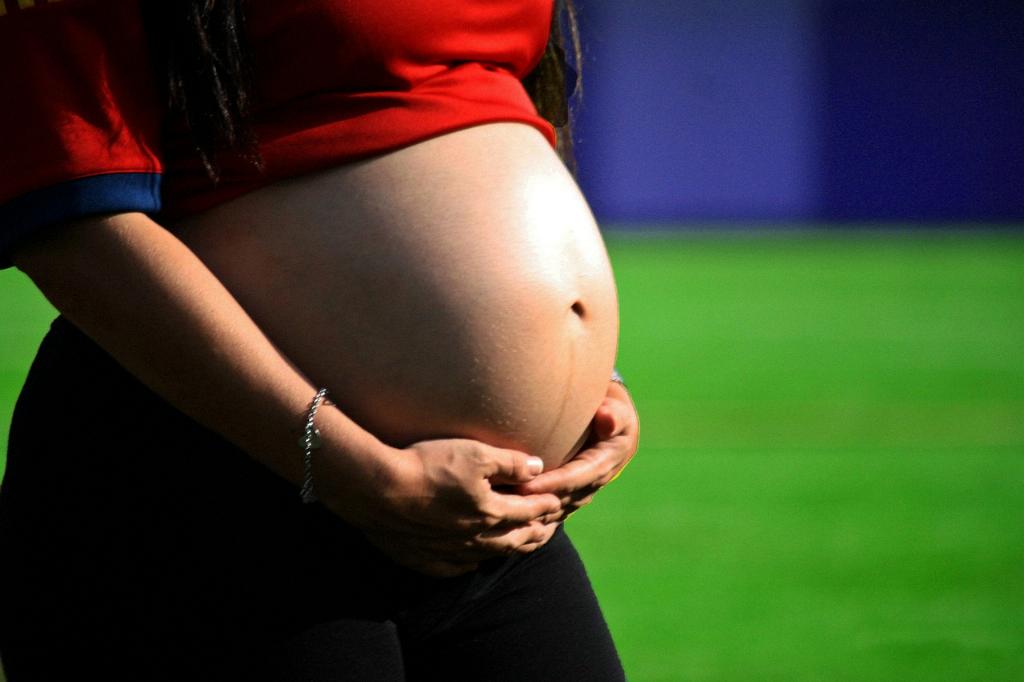When it comes to deciphering whether the symptoms you are experiencing are related to your period or pregnancy, it can sometimes be a challenging task. Both menstruation and pregnancy can manifest in various ways, making it important to pay attention to subtle differences.
Common Symptoms: PMS vs. Early Pregnancy
Many symptoms such as mood changes, constipation, breast pain and tenderness, fatigue, bleeding, cramping, headaches, and changes in appetite can be associated with both premenstrual syndrome (PMS) and early pregnancy.
Indicators of Pregnancy
While some symptoms overlap between PMS and pregnancy, there are specific signs that are more likely to indicate pregnancy. These signs include nausea, nipple changes, and missing a period, which are commonly associated with early pregnancy.
Nausea: A Telltale Sign
One of the hallmark symptoms of early pregnancy is nausea, often referred to as morning sickness. If you find yourself experiencing bouts of nausea, especially in the morning, it could be a strong indicator of pregnancy.
Nipple Changes: A Sensitive Indicator
Changes in your nipples, such as increased sensitivity or darkening of the areolas, can be a sign of pregnancy. Paying attention to any variations in your nipple appearance can provide valuable clues about your current condition.
Missing Period: A Clear Signal
Perhaps the most definitive sign of pregnancy is a missed period. If your menstrual cycle is regular, and you have missed your period, it is advisable to consider the possibility of being pregnant and take a pregnancy test for confirmation.
Cramping and Bleeding
Both pregnancy and menstruation can cause cramping and bleeding, which can be confusing. However, implantation bleeding associated with pregnancy is usually lighter and shorter than a regular period. Monitoring the duration and intensity of bleeding can help differentiate between the two.
Seeking Confirmation
If you are uncertain about whether your symptoms indicate pregnancy or your upcoming period, it is recommended to consult with a healthcare provider. A medical professional can perform tests to confirm pregnancy or rule out other potential causes of your symptoms.
Emotional Changes
Emotional changes like mood swings and irritability can occur during both pregnancy and PMS. However, if you notice significant emotional fluctuations coupled with other pregnancy symptoms, it may be indicative of a potential pregnancy.
Physical Changes
Physical changes in your body, such as bloating and breast tenderness, can be observed during both pregnancy and menstruation. Monitoring the progression and intensity of these changes can offer insights into the possible cause of your symptoms.
Listen to Your Body
Ultimately, listening to your body and being attuned to any unusual changes is key in deciphering between period-related symptoms and those indicative of pregnancy. Trust your instincts and seek medical guidance if you have concerns about your current health status.
Conclusion
While the overlap in symptoms between period and pregnancy can be perplexing, paying attention to specific indicators like nausea, nipple changes, and a missed period can help in distinguishing between the two conditions. Trust your intuition and seek advice from healthcare professionals for accurate diagnosis and guidance.

